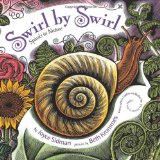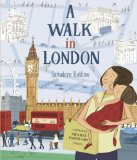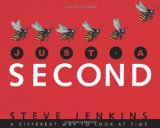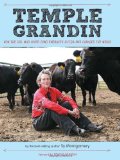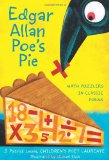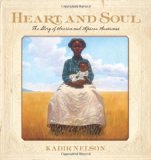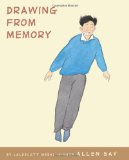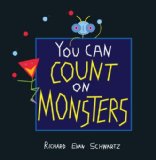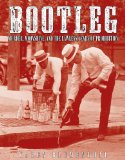 Bootleg
Bootleg
Murder, Moonshine, and the Lawless Years of Prohibition
by Karen Blumenthal
Roaring Brook Press, New York, 2011. 154 pages.
Starred Review
2012 YALSA Excellence in Nonfiction Finalist
Before I read this book, I thought I knew about Prohibition. This book opened my eyes to how much I didn’t know. While keeping the story moving, the author shows us all the things that led up to Prohibition, how it worked out and didn’t work out, and what led to its repeal. She also talks about after effects.
I had no idea how, when our country was founded, rum was even used to pay wages. Even the Puritans were fond of it! (Who would have thought?) The Continental Army got a daily ration of hard liquor.
“In the years between 1800 and 1830, Americans drank more hard liquor than at any other time in their history, each imbibing on average roughly nine gallons a year, or about four gallons of pure alcohol, about twice the level of the previous generation. Beer and wine still had a place at the table, but less so than before.
“With more hard drink available, the number of taverns and tippling houses multiplied, as did seedier dramshops and gin houses. Not surprising given the amounts ingested, drunkenness also increased and with it, hardships for families affected by a father’s drinking.”
So in the 1830s, the temperance movement began to grow. She writes about Carrie Nation, who attacked saloons with an ax. There is a picture of a boy carrying a beer pail home and another of several young children sitting on barrels, drinking and smoking. I understand better now why the prohibitionists got so worked up.
Karen Blumenthal also explains the political situation that made those against Prohibition think the amendment would never get ratified — so they didn’t put nearly the energy into the campaign that the Prohibitionists did.
But then, after Prohibition passed, she outlines all the ways people got around the law, even as high up as the White House. She talks about law enforcement efforts and non-efforts, and tells the story of Al Capone.
Particularly interesting is her final chapter, “Success or Failure?” She shows us that this is a complex question.
“The men who helped launch the prohibition era and the one who filled it with machine-gun fire left a complex legacy. On the surface, an amendment that was passed and then repealed must have been a colossal failure, an embarrassing splotch in America’s history.
“But prohibition, short-lived though it was, was actually successful in some significant ways. The number of arrests for drunkenness and alcohol-related diseases, like cirrhosis of the liver, fell dramatically. The total consumption of alcohol slid to the lowest level in the nation’s history, especially during World War I and the first few years under the Eighteenth Amendment. Although drinking crept back up in the later 1920s and early 1930s, the amount of alcohol consumed per person each year actually remained fairly low for decades, and didn’t return to pre-prohibition levels until the 1970s, more than fifty years after prohibition took effect.
“In the course of nearly fourteen years of actual prohibition, aided by technology and other developments, Americans became more educated, more urban, and enjoyed far more entertainment. Radios and radio programs became widely available, and almost half the nation became avid listeners. Movie theater attendance doubled after films began to talk in 1926. With one car for every five people, more families headed for national forests and parks. The number of golf courses increased sevenfold. Saloons, the dirty and dangerous blight on the urban landscape, all but disappeared. Even young people had better things to do than hang out in a bar. . . .
“Where prohibition failed most, perhaps, was on a more personal level. Alcoholism and alcohol abuse remain significant social problems, affecting more than 17 million American adults and their families. Today’s problem of persistent homelessness, often linked to substance abuse and mental illnesses, has the same roots as the problem of drunkenness in the nineteenth century. Parents still worry about protecting their children, especially when government statistics show that an estimated 5,000 young people under the age of twenty-one die each year from alcohol-related car crashes or injuries.”
Her final summing up says it well:
“Today, each of us is accountable for our own behavior, and adult drinking is a matter of choice and personal responsibility. The days of outright prohibition are gone and likely will never return. But the powerful experience of prohibition continues to color our laws, our debates, and our personal lives. And the problems that brought us the Eighteenth Amendment — the pain that substance abuse inflicts on families, the devastation of alcoholism, and the impact of drinking on young people — remain a challenge to current and future generations.”
So in this book you’ve got an even-handed look at Prohibition that also manages to be gripping and fascinating. It’s written for children and young adults, but I think most adults will also find themselves learning a lot from this book.
Buy from Amazon.com
Find this review on Sonderbooks at: www.sonderbooks.com/Childrens_Nonfiction/bootleg.html
Disclosure: I am an Amazon Affiliate, and will earn a small percentage if you order a book on Amazon after clicking through from my site.
Source: This review is based on a book I received at the YALSA Excellence in Nonfiction Awards Reception and had signed by the author.
